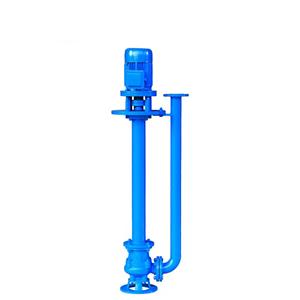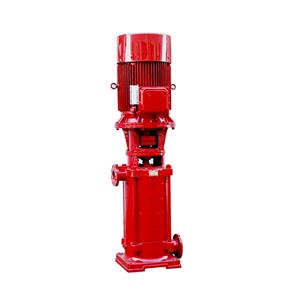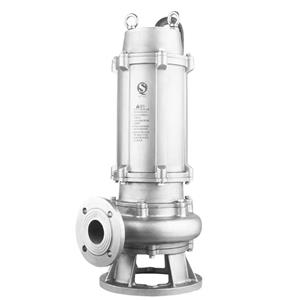Why Water Pumps Power Modern Civilization
Why Water Pumps Power Modern Civilization
Water pumps are the unsung heroes of industrial ecosystems, enabling everything from basic infrastructure to cutting-edge manufacturing. Their role transcends mere fluid transfer—they are foundational to efficiency, sustainability, and innovation. Here’s why they dominate industrial operations globally:
1. Enabling Critical Industrial Processes
Water pumps drive core functions across sectors:
Energy Production: In power plants, centrifugal pumps circulate cooling water, preventing turbine overheating and ensuring uninterrupted electricity generation. Nuclear reactors rely on specialized coolant pumps for safe operation under extreme conditions.
Chemical & Petrochemical Industries: Corrosion-resistant pumps handle acids, solvents, and volatile fluids, enabling precise reactions in refineries. Gear pumps manage high-viscosity materials like polymers, minimizing downtime.

Mining & Metallurgy: Submersible pumps dewater mines, while slurry pumps transport ore mixtures. These operations prevent flooding and enable mineral extraction in deep-earth environments.
2. Safeguarding Water Security and Public Health
Pumps are central to water management:
Municipal Water Systems: Multistage centrifugal pumps deliver potable water to cities, overcoming gravity to supply high-rise buildings. In megacities like Shanghai, pumps power massive projects like the Qingcaosha Reservoir, serving 13 million people.
Wastewater Treatment: Industrial-grade pumps move sewage to treatment plants, where they facilitate filtration and chemical processing. This prevents contamination of natural water bodies and enables reuse in agriculture.
Disaster Mitigation: High-capacity pumps (e.g., diesel-powered units) drain floodwaters from urban areas, reducing economic losses. During hurricanes, portable pumps deploy rapidly to protect infrastructure.
3. Fueling Agricultural and Food Production
Irrigation Revolution: Farm pumps enable precision watering in arid regions. Solar-powered systems in Africa and Asia reduce reliance on rainfall, boosting crop yields by 40% while conserving water.
Food Processing: Sanitary pumps transfer dairy, beverages, and sauces without contamination. In breweries, they maintain hygiene during fermentation and bottling, complying with global safety standards.
4. Driving Sustainability and Energy Efficiency**
Modern pumps are pivotal to green transitions:
Renewable Integration: Geothermal heat pumps use groundwater for building climate control, cutting HVAC energy use by 50%. Solar-powered irrigation pumps reduce diesel dependency.
Smart Resource Management: IoT-enabled pumps (e.g., those with AI-driven sensors) optimize water flow in real-time, detecting leaks and adjusting pressure. This slashes energy waste by 25–30% in industrial plants.
Circular Economy: Pumps enable wastewater recycling in industries like textiles, where 80% of processed water is reused, minimizing freshwater extraction.
5. Innovations Redefining Industrial Capabilities**
Material Science: Tungsten carbide seals and graphene-coated impellers extend pump lifespan in corrosive environments (e.g., seawater desalination plants).
Digitalization: Predictive maintenance algorithms analyze vibration data, forecasting failures before they occur. This cuts downtime by 45% in manufacturing facilities.
High-Pressure Applications: Hydraulic fracturing pumps inject fluids at 15,000 psi to extract shale gas, revolutionizing energy production.
The Bottom Line: Economic and Strategic Impact
Market Growth: The global pump market will exceed $66 billion by 2030, driven by urbanization and water scarcity.
Cost Efficiency: Industrial pumps consume 20% of global electricity in fluid systems, but VFD-equipped models reduce this by 40%, saving $28 billion annually.
Supply Chain Resilience: From semiconductor cooling to pharmaceutical sterile transfer, pumps ensure process continuity amid disruptions.




